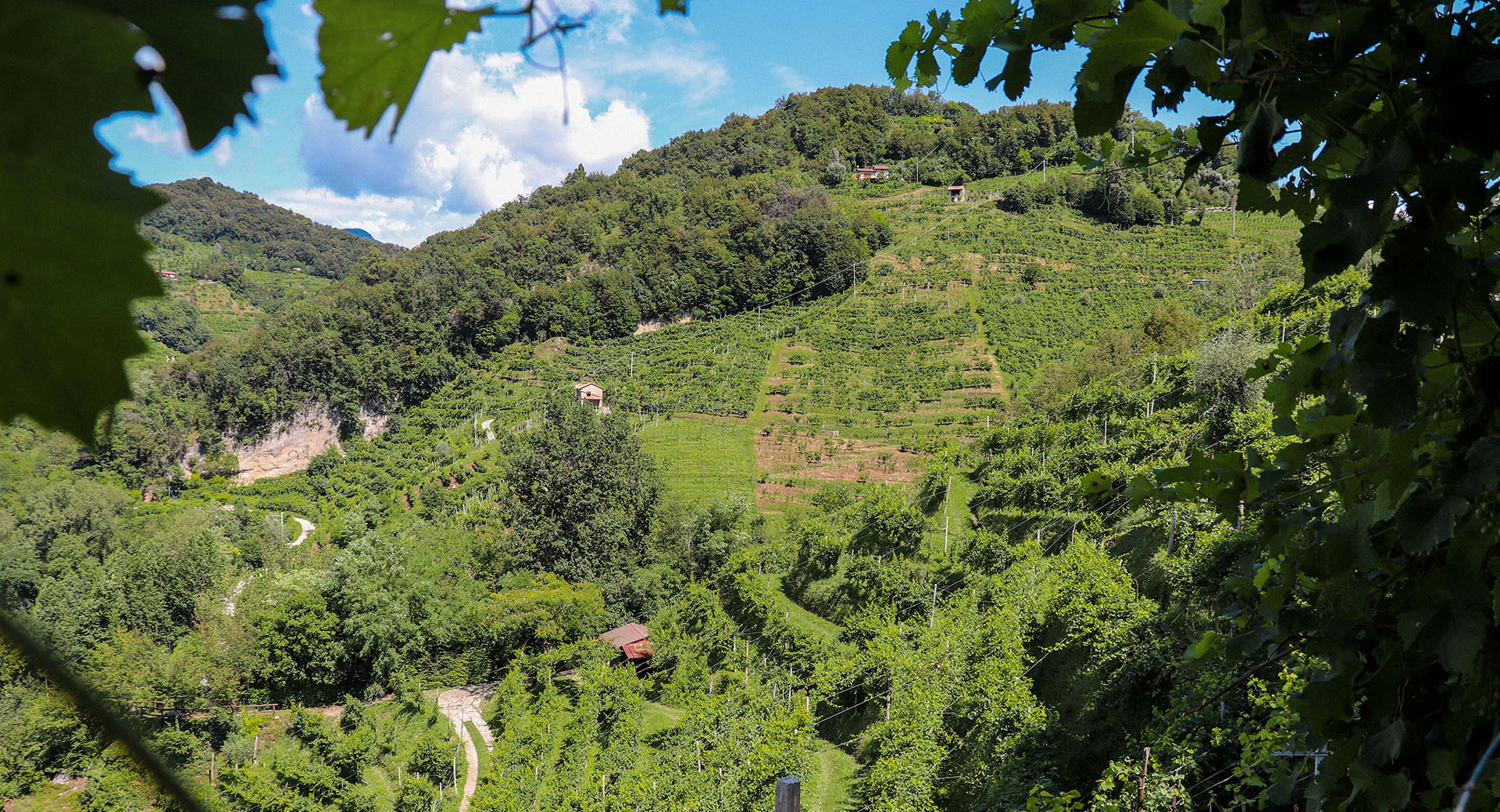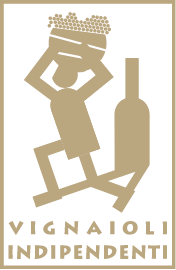

The production area of Conegliano Valdobbiadene consists of 15 communes (municipal areas) and represents the heart of the world of Prosecco; it is one of Italy’s historic Denominations, recognised since 1969. We are in the Veneto Region of north-east Italy, in a complex hilly zone of the Province of Treviso, between Venice and the Dolomites. Here vine-growing has extremely ancient origins and the borders of the historic production area have remained substantially unchanged since the 1930s.
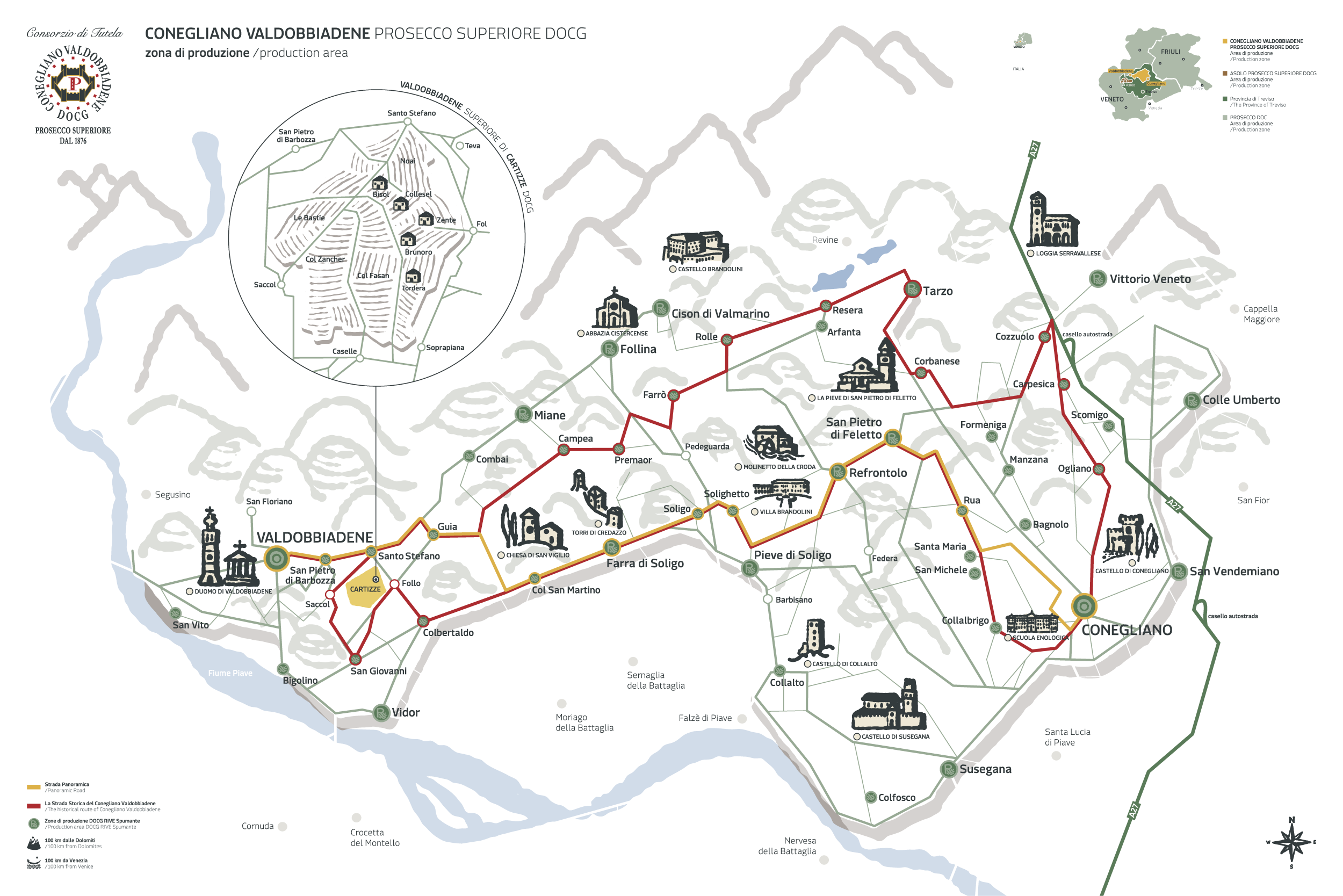
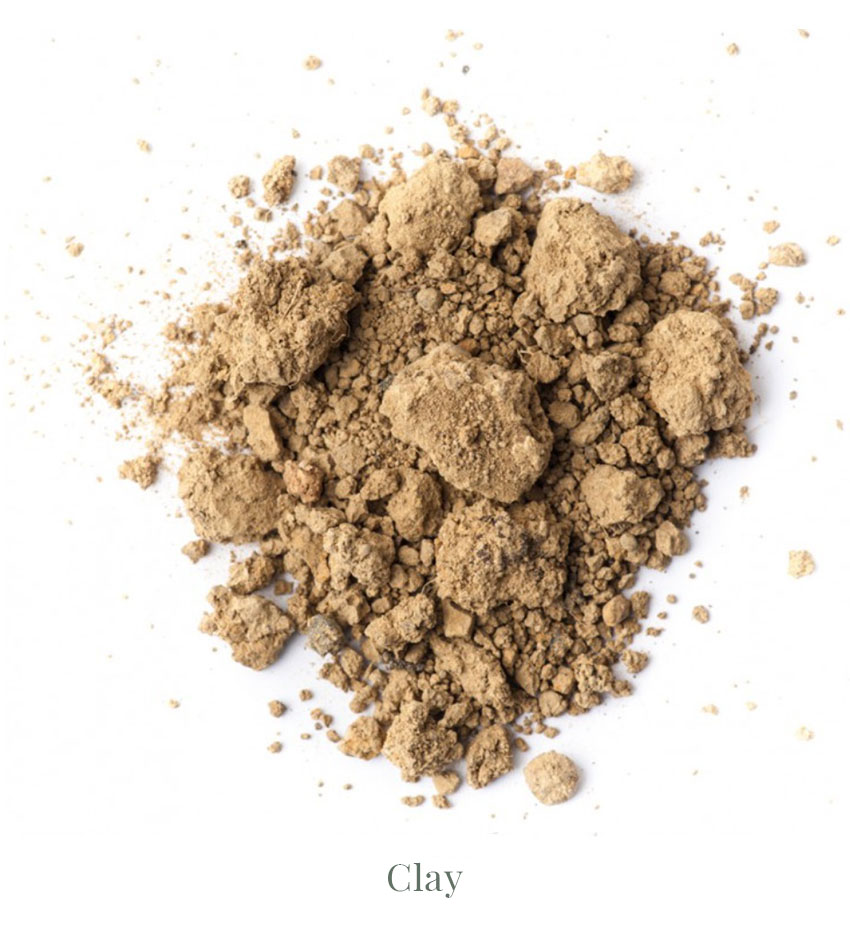
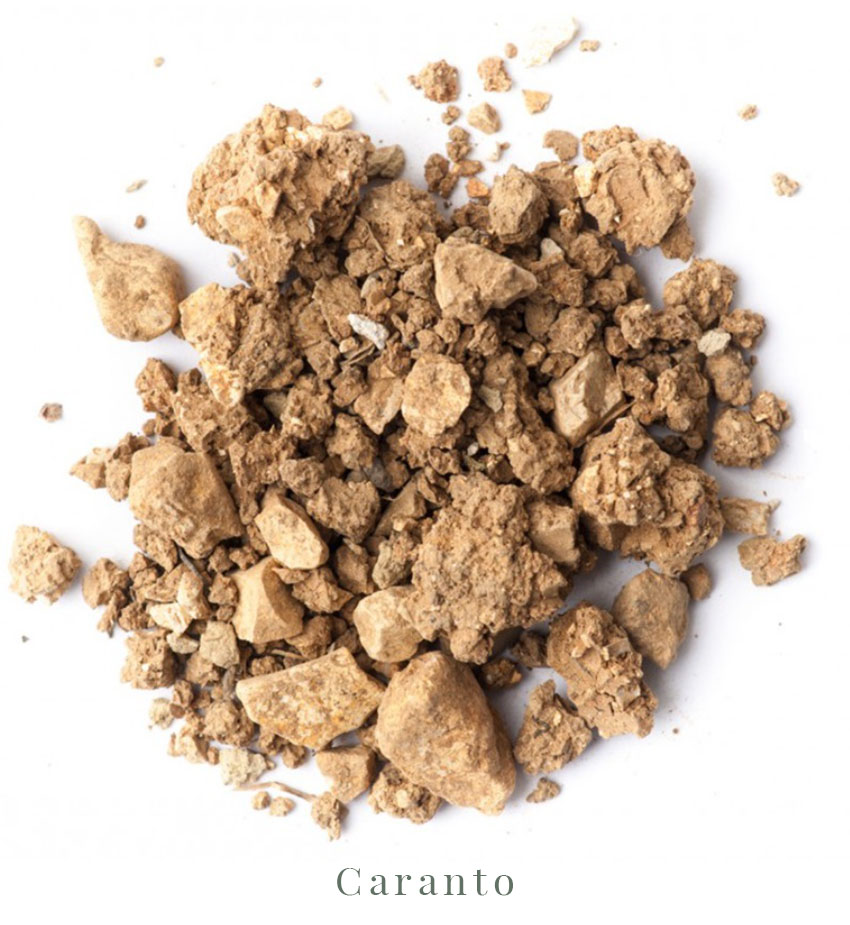
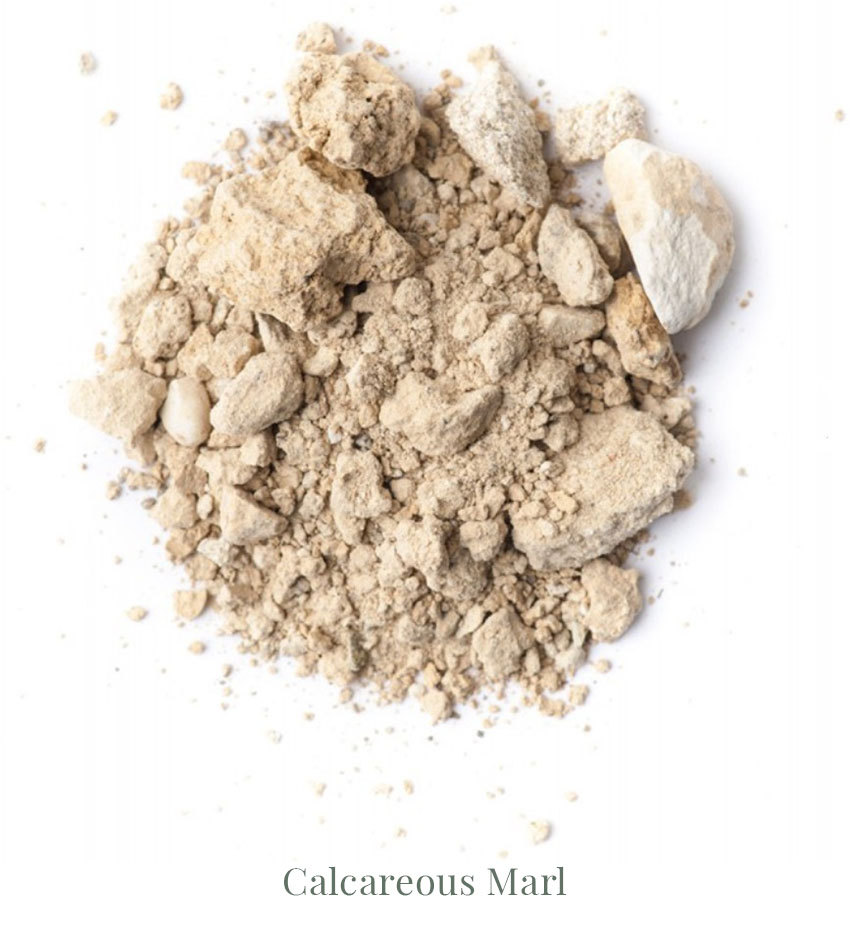
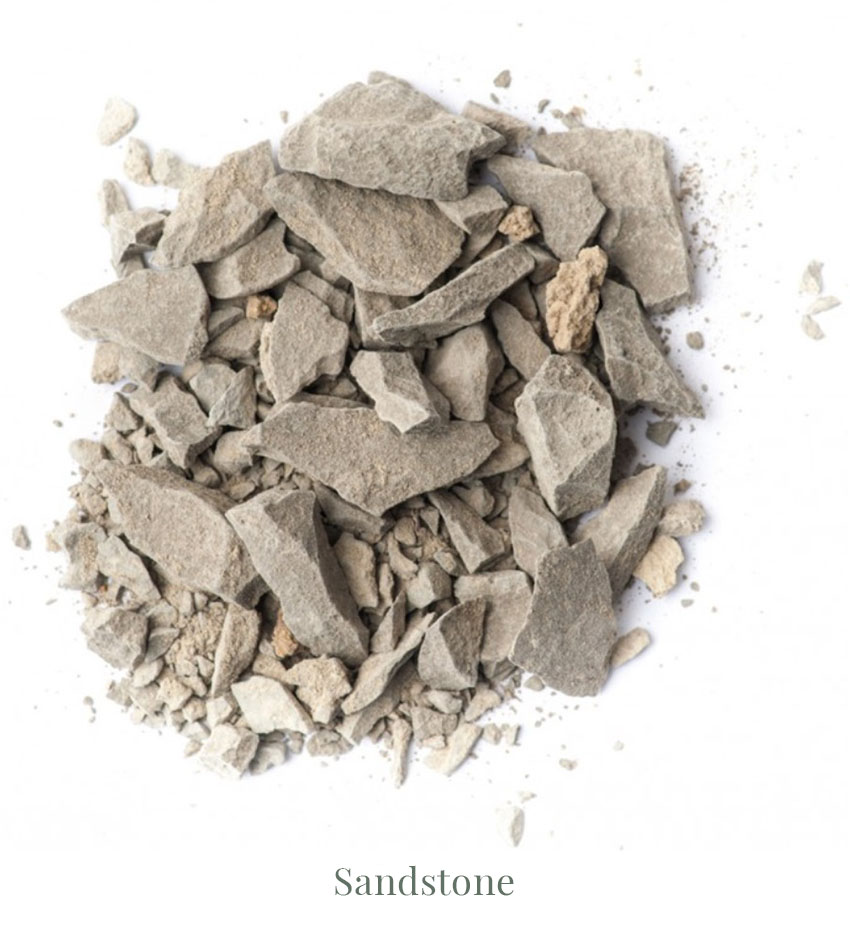
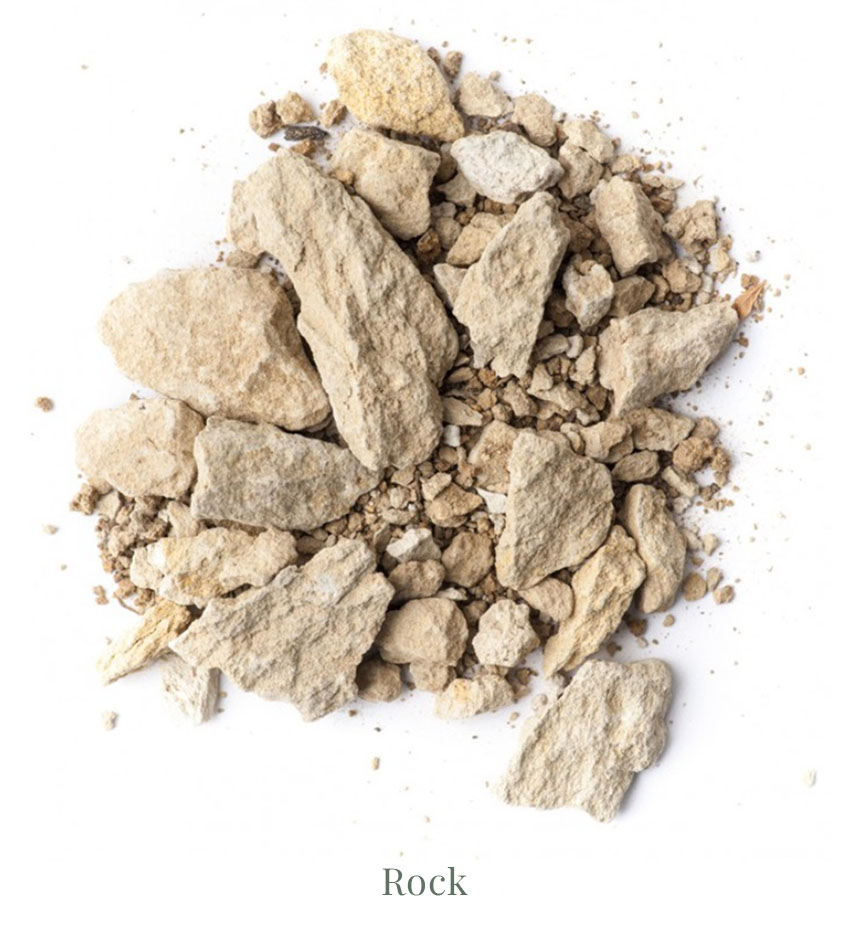
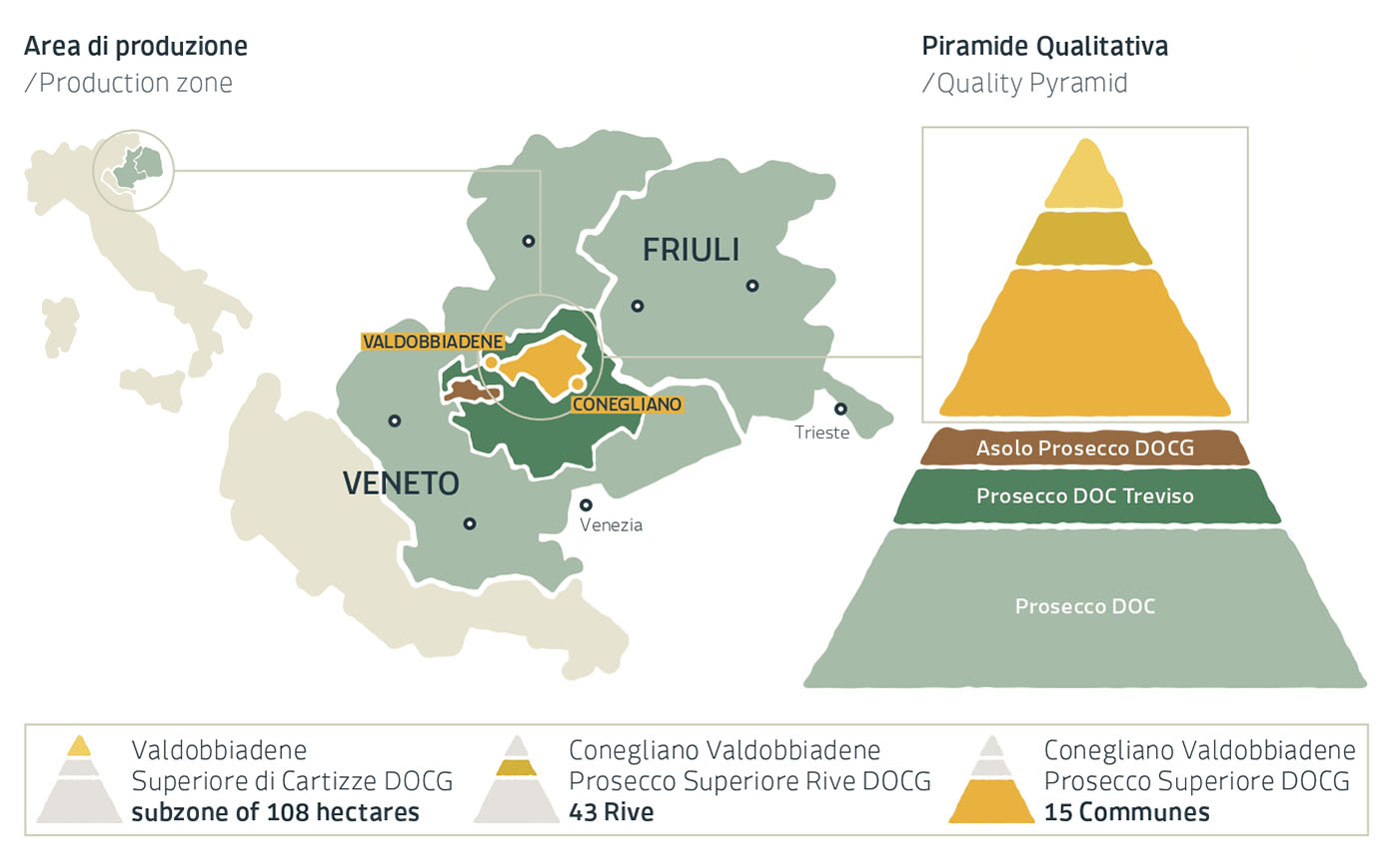
The soils of Conegliano Valdobbiadene have very ancient origins, deriving from the raising of sea and lake beds. One part of the hills was remodelled by the glaciers of the Dolomites, which brought various sediments downhill. The resulting soils are deep and are made up of conglomerates of rock and sand, containing a lot of clay and sometimes rich in iron oxides. In the area unaffected by the glaciers, the soils remained of marine origin, composed of marls and sandstone, less deep and more porous. This has led to the coexistence of many types of different soils, but also to differently shaped hills: sometimes gentler, as in the area of Conegliano, sometimes steeper and completely south-facing in that of Valdobbiadene. Each of the combinations of slope, exposure and soils make each micro-zone unique, as you can discover in the wines from the Rive and Cartizze.
